Coy Mistress through Amit Bittoo Dey’s lens shows the LGBTQ community’s dilemma
Somewhere, between being dolled up by his sisters, and frolicking dressed as his idols Sridevi and Madhuri, number crunching and being the darling of the shutterbugs, absorbing the society’s notions of gender and sexuality, and finding his own desires - Kolkata-based Amit Bittoo Dey, androgynous photographer and model, has found art in gender.
His photo-series, called ‘To His Coy Mistress’, has garnered widespread media attention for the depiction of the dual lives and struggles of the LGBTQ community in India. YourStory reached out to him to understand the photographer, the persona, and the artist - where he comes from, and where he is headed.

Hailing from a conservative middle-class Kolkata family, Amit was hardly granted the room to explore and experiment socially or academically. “My family used to be very orthodox. My academics were rather constrained, and I studied commerce like most children,” he says.
“As both my father and mother were working, and since I didn’t know any boys of my age, I basically grew up with my sisters, and was always attracted to their clothes, make-up and the different styles they got to wear. My sisters are my inspiration,” he adds.
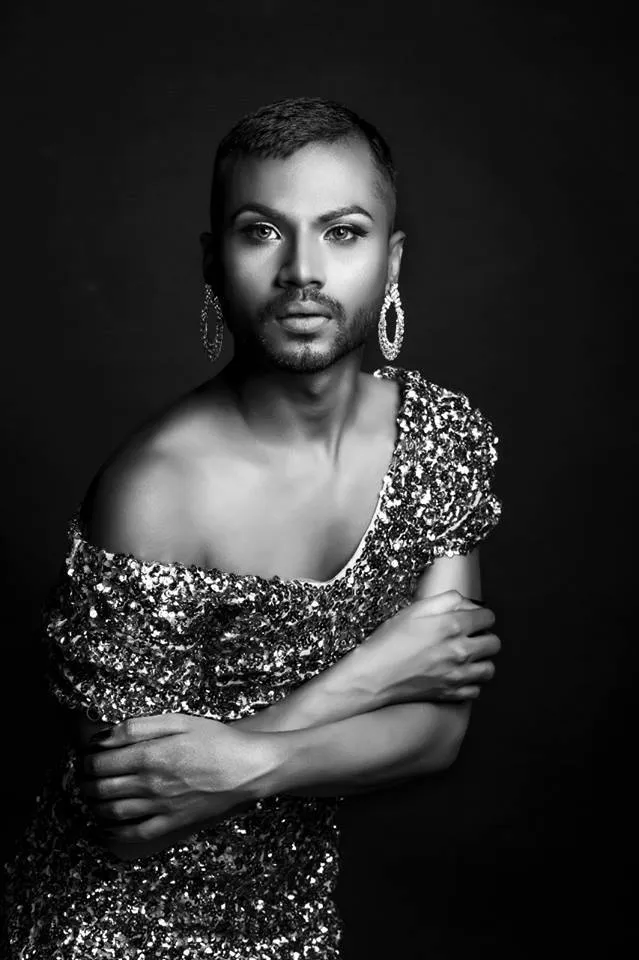
When Amit was five years old, his sisters would teach him their dance moves, and he would embody them beautifully. His relatives would dress him up like a girl, and encourage him to perform Bollywood numbers, all of which Amit thoroughly enjoyed. Dancing was second nature to him, and he aspired to be like his idols Madhuri and Sridevi, while dancing to his favourite songs Ek Do Teen, Hawa Hawai, etc.
He even performed at his college’s annual day, and appreciation poured in. “I used to learn and perform classical dance, and I dressed myself up as needed. The first time I dressed like a woman in public was in the cultural event of my college, just for entertainment and to do something unique. I can still hear the applause,” he says.
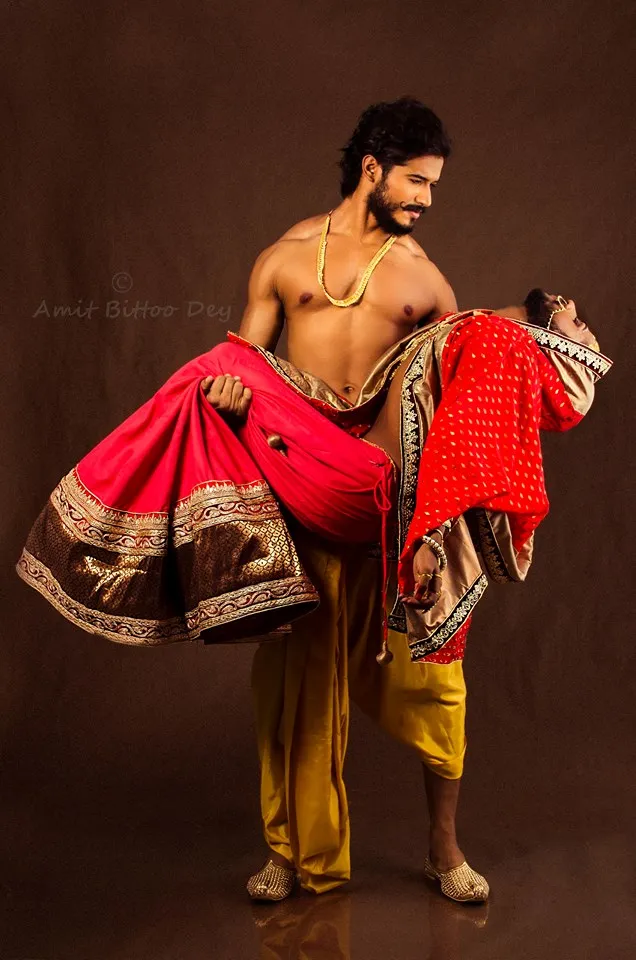
Like most children, Amit was conditioned to believe that gender and sexuality go hand-in-hand, so when discrepancies arose, he had to seek answers on his own. “Gradually, I started acknowledging these distinct differences between gender and sexuality, understood that both were solely dependent on personal belief,” he says.
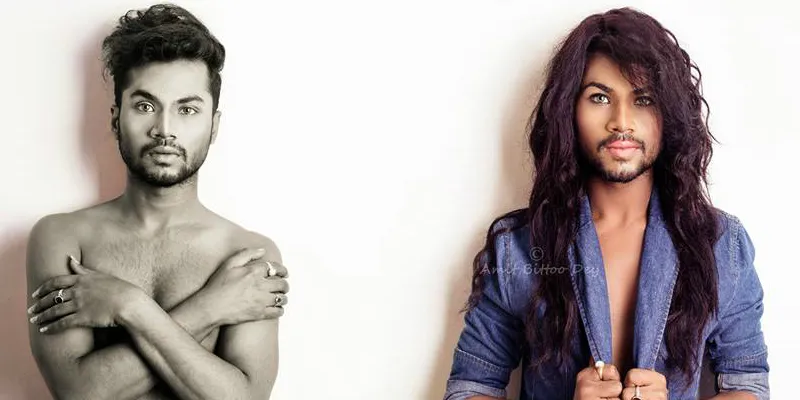
Amit dropped out of college, and took on a BPO job at the age of 18. He later joined a medical firm as an accountant. However, he never found gratification being a desk-jockey, for commerce and numbers were always something that he was forced to love. Moreover, he had always nursed a secret passion for photography. Thus, as soon as he felt like his career had stabilised, he decided to give photography a shot by creating a portfolio as an independent professional.
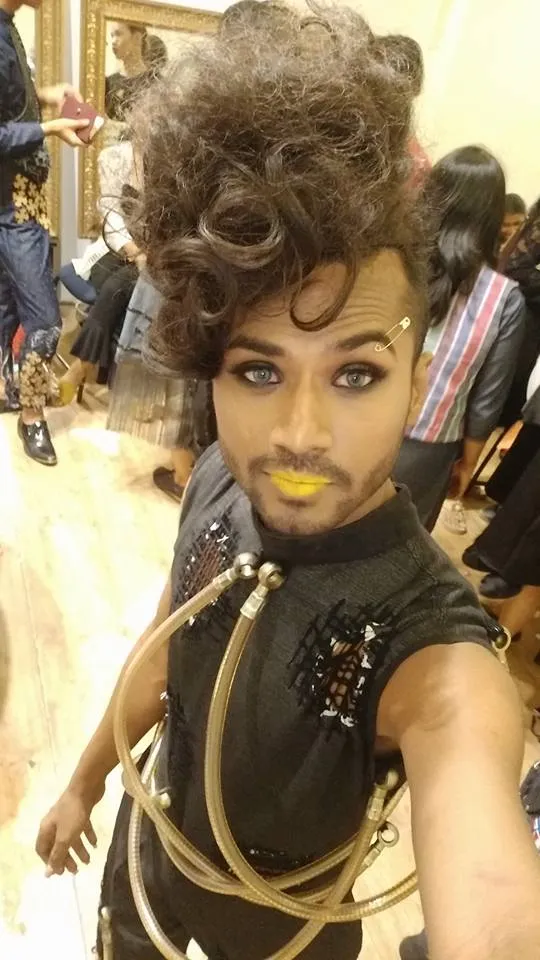
Feeling that the Bengali fashion industry’s outlook was rather limited, Amit set out to create something impactful and moving himself. “I felt that very few people in this field could cast me in something creative, so I decided to create my own series,” he says.
He was convinced that he wanted to use his creativity, insight and medium to raise awareness on a social issue. So, he conceptualised a photo-series to depict the dual lives of the LGBTQ community in India when they are yet to come out of the closet.
To His Coy Mistress went on to break his social media feed, and receive vast media attention.
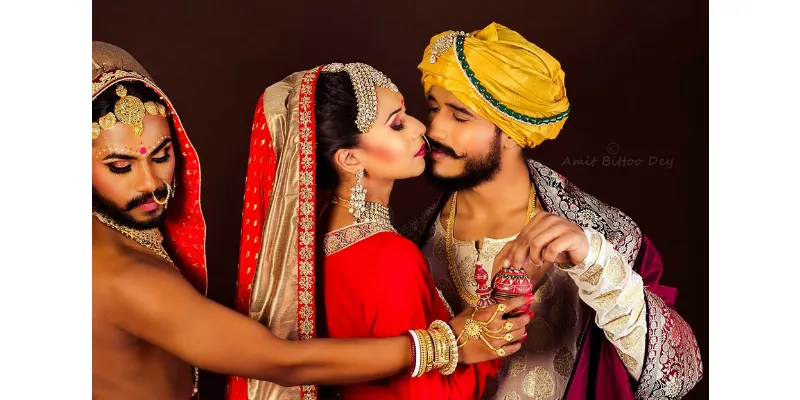
“The inspiration for this photo-series is personal,” he says, adding, “but, the predominant theme is the society preaching propriety for conjugal relationships, but love prevailing.”
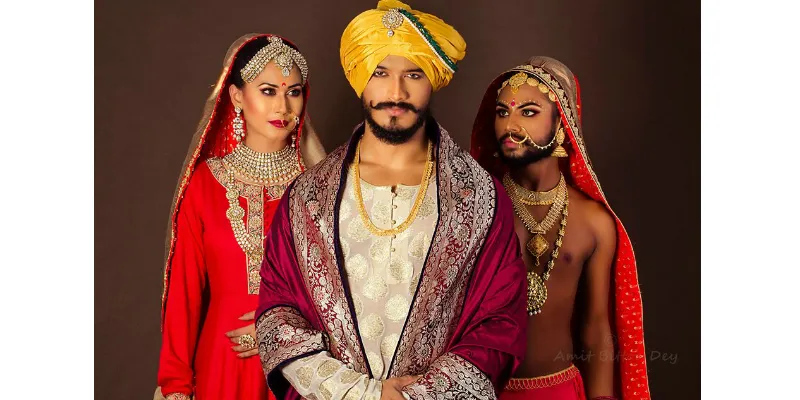
The photo-series depicts the story of a same-sex couple, of which, one has taken a wife owing to societal pressure. The three characters - the man, his wife, and his ‘coy mistress’ - are dressed in traditional Bengali wedding attire, against a passionate red backdrop. The mistress is played by Amit, visited from time to time by his married lover.
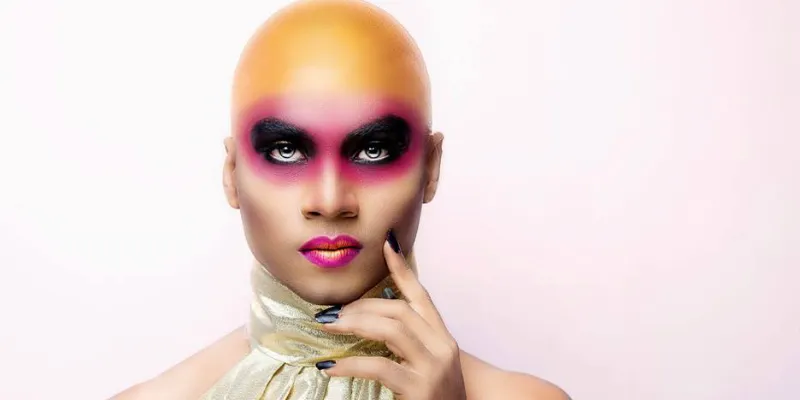
Amit reveals that he took on all roles for this project - from director, stylist, to being the model himself - and sought the help of his make-up artist to click the pictures as per his directions because most photographers turned down the offer to participate in this series.
"(When scouting for models) No one showed up for this androgynous face, so I cast myself in it,” he says.
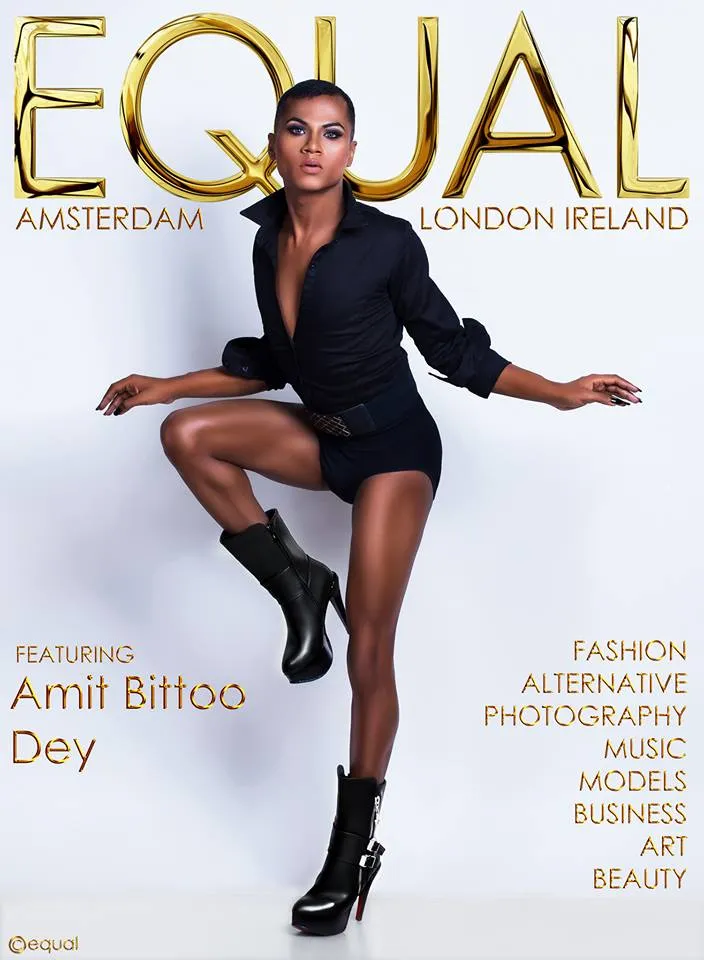
The response to the photo series was phenomenal, according to Amit. When he first uploaded the series on his Facebook profile, it got several hundred shares. “I got love and support from an enormous amount of viewers and media houses. But, for me, the most heartwarming moment was when a guy texted me that he finally could make his parents believe that homosexuality is not curable by paracetamol tablets!”
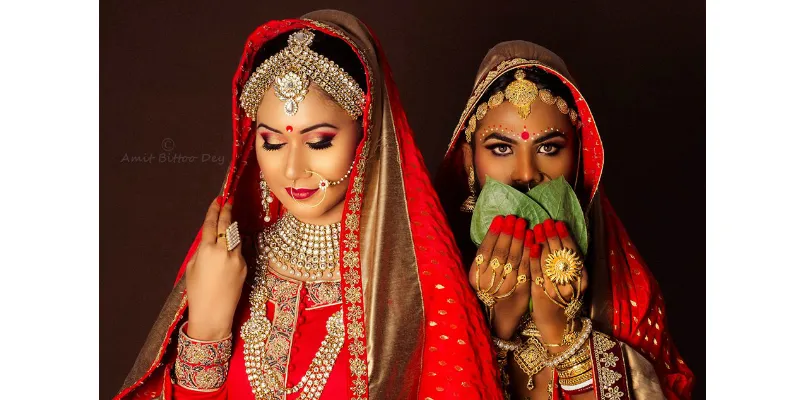
Most importantly, the series helped his parents reconcile with Amit’s lifestyle choices. “It took some time to convince them. But the little fame which came along helped me. Now, they also agree that I look good while playing different characters. I don't think I feel embarrassed anymore,” he says.
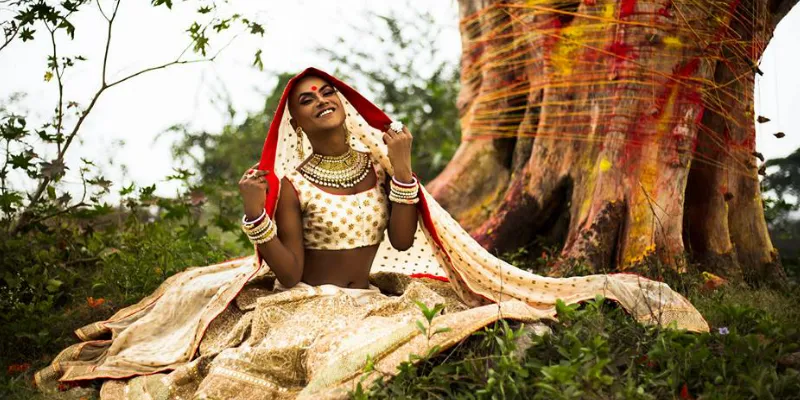
To Amit, what he drapes on his body is hardly a symbol of rebellion. He says that choosing what to wear from his gender fluid wardrobe is as mundane a task for him as it is for any other man or woman trying to pick out clothes every morning; it comes to him naturally.
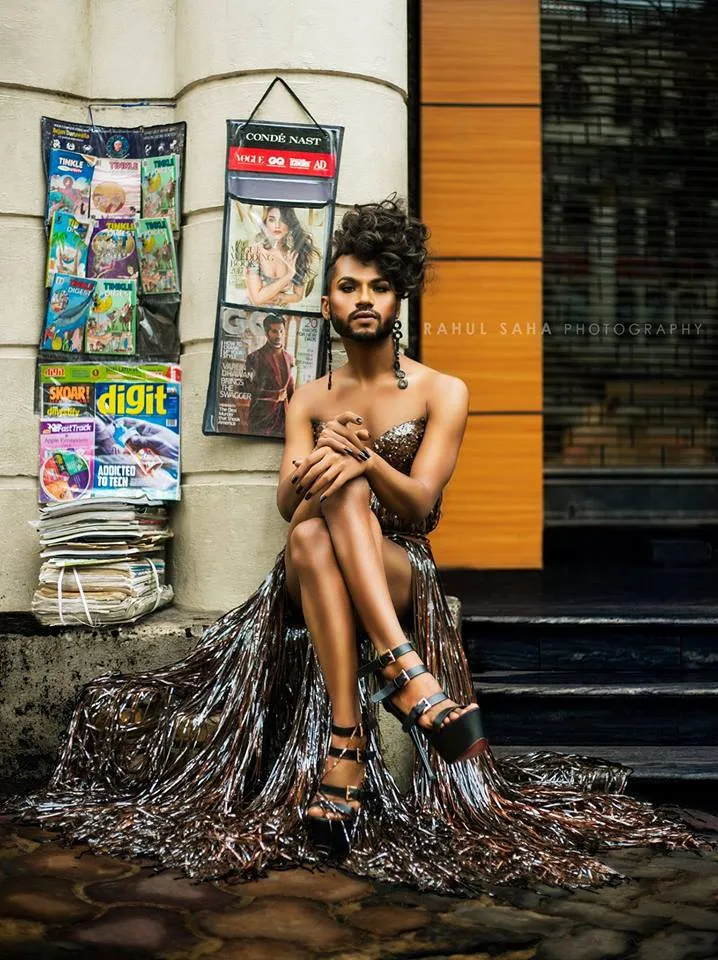
Amit does not cross-dress publicly often anymore, but only when on a creative or professional pursuit. “I am working on few independent and international ventures as producers only find Aiswarya Rai beautiful! And I play it like a pro. There have been a few challenges like waxing, threading - but it doesn’t matter to me anymore,” he quips.
He has been working as a photographer for two years, taking up assignments like portfolios, designers' campaigns and catalogs. He also works as a stylist for short films and takes on bridal make-up assignments in order to supplement his income.







